Narration non linéaire / Références numériques
Colossal Cave Adventure & Zork
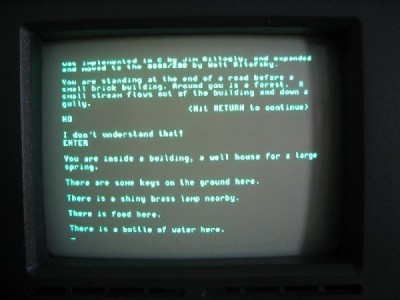 |
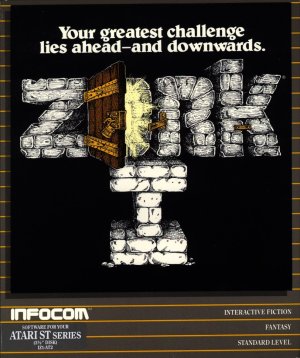 |
https://fr.wikipedia.org/wiki/Colossal_Cave_Adventure /https://fr.wikipedia.org/wiki/Zork
Lynn Hershman «Lorna»
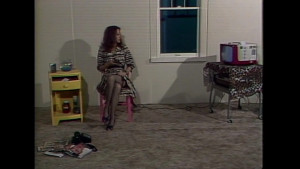 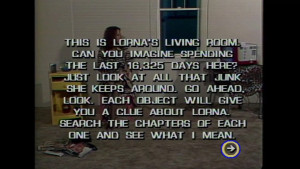 |
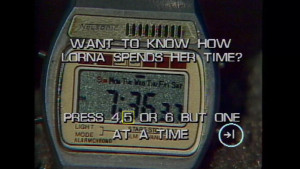 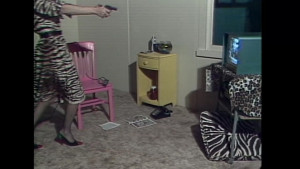 |
|
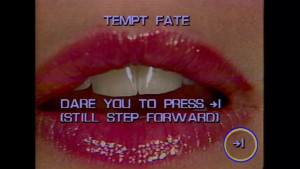 |
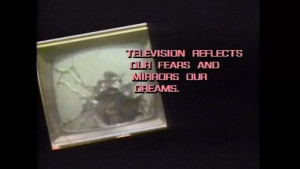 |
«Lorna» belongs to the very early interactive works of art of the 1970s. Even before there were computer-supported systems to develop an dcontrol multimedia systems of presentations. Lynn Hershman’s environment could be seen as prototype for interactive and non-linear film narrative. She presents the story of Lorna, a woman who lives in her apartment without any contact to the outside world. She suffers from loneliness and despair. An important object in this spatial seclusion is of course the television—mediator to the world and apparatus of interaction. The observer finds himself in the role of the protagonist again. He searches for the continuation of the story and for existential logic in the labyrinth of scenes. The jumps, circular arguments, and breaks in teh course of the pictures are bewildering, depicting the psychological state of the main character. Many more or less voyeuristic points of view form a piecture of the self-directed existence of a person only confronted with herself. Lynn Hershman’s work ranges between bitter satire and desperate drama—the outcome remains open. Three possibilities can lead to the end of the story: despair and death by suicide, departure and escape by leaving the apartment followed by air travel, and—maybe the most thrilling variant of all—shooting the television. Death to the medium.
(Source: Media Art History, ed. by Hans-Peter Schwarz, ZKM Media Museum, Munich/Amsterdam 1997, p. 123.)
Hypercard
“Hypercard est créé par Bill Atkinson avec l’accord qu’il serait fourni avec tous les Macs. À l’origine, pendant son développement, il s’appele WildCard. Ce fut un succès immédiat. De nombreuses piles apparurent sur beaucoup de sujets, notamment en géographie, et plus généralement lorsque l’on voulait un didacticiel.
Apple ne semble pas avoir compris ce qu’était HyperCard. La direction vit qu’il était utilisé par un grand nombre de personnes, y compris en interne avec un flot de commentaires et de rapports de bogues. Cependant, le fait qu’il soit gratuit a grandement restreint le budget de son développement.”
Expérience hypertexte avec Twine
“Twine est un outil open-source pour raconter des histoires interactives et non-linéaires.” http://twinery.org/2/#welcome
Le web-documentaire
“Le web-documentaire1 est un documentaire conçu pour être interactif – en associant texte, photos, vidéos, sons et animations – et produit pour être diffusé sur le Web.
Ce type d’œuvre se caractérise par :
- l’utilisation d’un contenu multimédia,
- l’introduction dans le récit de procédés interactifs,
- une navigation et un récit non-linéaire,
- une écriture spécifique
- un point de vue d’auteur.”
https://fr.wikipedia.org/wiki/Web-documentaire
Un web-documentaire à regarder : http://sonsofgallipoli.com/
